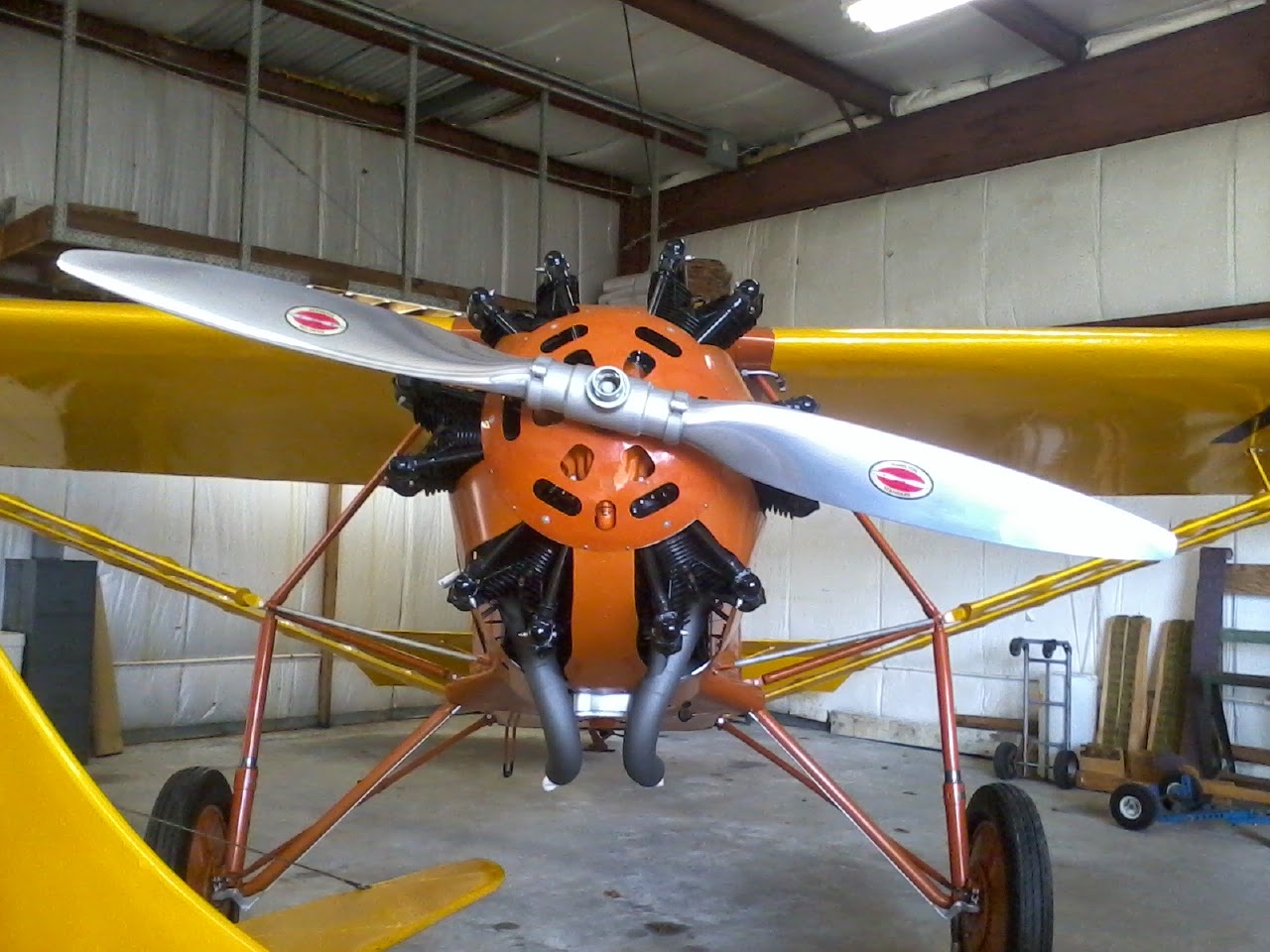My #1 helper Lon Carr and I set aside this Saturday morning to work on the Curtiss Robin Oleo struts. (See last week's posting). Well, we were hoping that this would be a simple job. Lon and I talked it over and planned to just drain, clean, service, and re-pack/re-seal these oleo struts. We really wanted to follow the advice we got from Lane Tufts.... "If it ain't broke, don't fix it!" We decided to start out with the one oleo that had the worst visible corrosion on the external surfaces. I was all for that, until we saw this ugly site.
 |
| WOW - Surprize... at least 4 oz. of water and practically no oil |
|
|
|
|
There is a pipe plug at the top of the upper tube where you add oil, so the first order of business was to pull the plug and drain the oil. There was practically NO OIL at all... but instead we drained approximately a half a cup of water. That was the first sign that this wasn't going to be so simple. So we decided that we must go deeper and get this thing apart so we could inspect everything internally for corrosion. So, the next job was to remove a set-screw (below) that locks the outer collet to the lower tube.
 |
Set-screw that locks the outer collet to the lower tube.
|
This and the next steps went pretty well. The large castle nut around the upper tube was easily turned using a spanner wrench to back out of the internal threads on the lower tube. We determined that the only function of this nut is to retain the packing seal material inside the upper cavity of the collet and hold it firmly against the upper tube surface.
 |
| Lon removing the packing material. |
 |
| Packing removed. |
OK now with the packing removed, it was time to remove the collet from the lower tube. The threaded interface is a very fine thread pitch. And the collet was engaged onto those threads by more than 1/2 inch. We were told that using a spanner wrench, this should not take much more than hand forces to loosen the collet... unless there was something wrong. We quickly determined that the collet was not about to budge that easily. So, something must be wrong.... rust perhaps. Penetrating oil was no help.
Up to this point, our plan was to try and keep from marring the paint too much. But now, this thought went out the window... this baby is going to require heat. This job suddenly became SERIOUS! With so many threads engaged, this collet was not wanting to let go. After several torching heat attempts, we finally had success using a dead blow hammer, striking the spanner wrench handle to shock-torque this thing. Finally it let loose and we were in business.
 |
| Wrenching off the collet with a spanner after torch-heating. That's gonna leave a mark! |
So now we get to view the internal guts of this thing. Two flat springs butted nose-to nose are designed to support the airplane when at rest. I had never seen springs quite like these, but I guess they work. There are additional thick aluminum spacers below the springs bottoming in the lower tube. We concluded that these spacers are evidently used to set the extended height and to level the airplane when fully assembled.
 |
| Flat coil springs removed from the lower tube. |
 |
| Flat coil springs and aluminum spacers. |
Now it was time to look at the upper tube and remove the piston from the bottom of the upper tube. This job turned out pretty much the same as the collet job, requiring heat and dead-blow strikes on the spanner to jar the threads loose.
 |
| Piston on lower end of upper tube. Note two holes that meter oil from the lower tube to the upper tube cavities to "absorb" the landing load. These holes allow the oil to move at a controlled rate as the springs compress and weight comes down on the struts. Really a simple design. |
 |
| Holding apparatus on the bench to accommodate torching the threaded end of the tube. |
 |
| Steam-pressure washing the parts. |
 |
| Piston retainer wire and piston removed from upper tube. |
 |
| I wonder how long this castle nut has had the crack. We decided we can re-use the nut since it really is not under any significant operating load. Its sole purpose is to retain the packing seal at the top of the collet against the moveable upper tube. |
So now that we have both oleo struts fully disassembled, inspection of all parts from both struts reveal that most items are in good shape. One stut had a missing retainer wire on the piston.at the lower end of the upper tube. This can easily be made from spring wire. Some minor work with a file to dress threads and polishing on the moving interface surfaces of the one tube is needed. But the other tube has some bad corrosion issues.
Our next challenge is to deal with the pitting corrosion on the upper tube. We are planning to have a local machine shop turn the upper fitting in a lathe to cut off the existing thin wall tube. Then we will locate the appropriate tube stock and weld in a new tube on the fitting. It will also need to be threaded on the bottom end for the fine thread interface with its piston.
I will try and provide updates as we get this done and the struts reassembled. Meanwhile... I guess I need to get some paint matching done so we can spray these struts when finished.
































